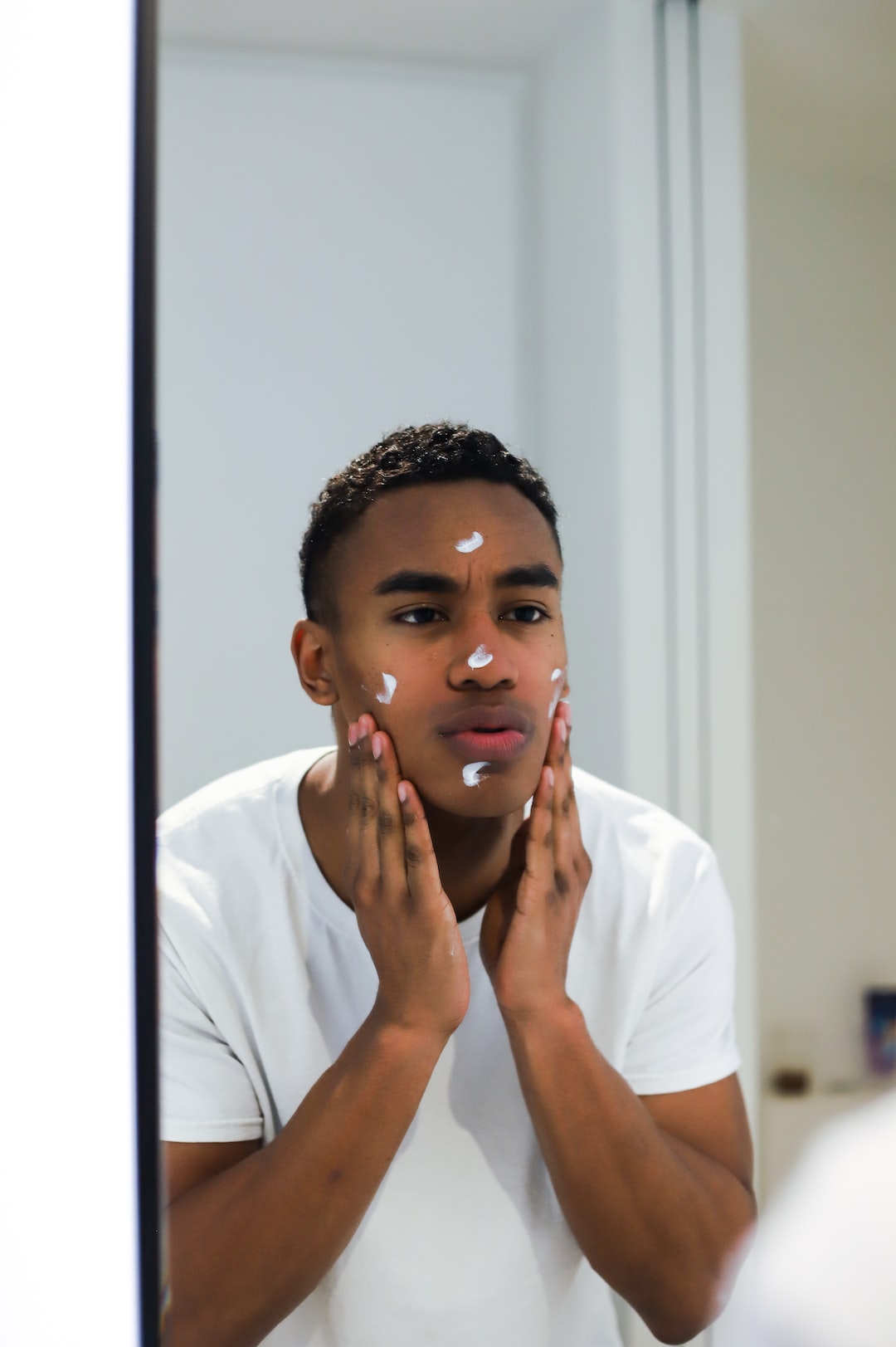Decoding Sunscreen: Everything You Need to Know About SPF and Protection
Summer is just around the corner, and for many people, that means spending more time outdoors soaking up the sun. While the warm weather brings many benefits, it also poses a significant threat to our skin. Harmful ultraviolet (UV) rays from the sun can cause sunburn, premature aging, and even skin cancer. That’s where sunscreen comes in as an essential part of our skincare routine. But with so many different types and numbers on the labels, understanding how to choose and use sunscreen correctly can be confusing. In this blog post, we will decode sunscreen to help you understand everything you need to know about SPF and protection.
First and foremost, you must know what SPF stands for. SPF stands for Sun Protection Factor, and it is a measure of how well a sunscreen protects against UVB rays—the type of rays responsible for sunburn and skin cancer. The higher the SPF number, the better the protection. However, it is important to note that no sunscreen can provide 100% protection from the sun. SPF refers only to the level of protection against UVB rays, so you also need to consider protection against UVA rays.
To ensure broad-spectrum protection, look for a sunscreen that is labeled as “broad-spectrum,” which means it protects against both UVA and UVB rays. UVA rays are responsible for premature aging, wrinkling, and even skin cancer. Sunscreens that offer broad-spectrum protection help shield your skin from both types of harmful rays, reducing the risk of sunburn and long-term damage.
Now, let’s talk about the numbers. SPF numbers indicate the level of UVB protection, but they can be misleading. Many people assume that a higher SPF means you can stay in the sun longer without reapplying, but that’s not entirely accurate. SPF 30 blocks around 97% of UVB rays, while SPF 50 blocks around 98%. The difference is minimal, and no sunscreen can completely protect your skin for an entire day. To stay safe, it’s crucial to reapply sunscreen every two hours or after swimming or sweating.
When it comes to the amount of sunscreen you should be using, the general rule of thumb is to apply at least a shot glass size amount for the entire body. Many people make the mistake of not using enough, resulting in less protection. Apply sunscreen generously and make sure to cover all exposed areas, including your ears, neck, and hands. Don’t forget about your lips either; use lip balm with SPF for extra protection.
But what about waterproof, water-resistant, or sweat-resistant sunscreens? These terms are often seen on sunscreen labels, but what do they mean? Waterproof sunscreen provides protection even after 80 minutes of water exposure, while water-resistant sunscreen provides protection for only 40 minutes. Sweat-resistant sunscreens are designed to stay in place even during intense sweating. Nevertheless, it is always a good idea to reapply sunscreen immediately after getting out of the water or after excessive sweating.
In conclusion, sunscreen is a vital tool in protecting our skin from the harmful effects of the sun. Understanding SPF and broad-spectrum protection is key to choosing the right sunscreen for your needs. Remember to apply enough sunscreen and reapply frequently, especially after swimming or sweating. By following these guidelines, you can enjoy the summer sun while keeping your skin healthy and safe.
